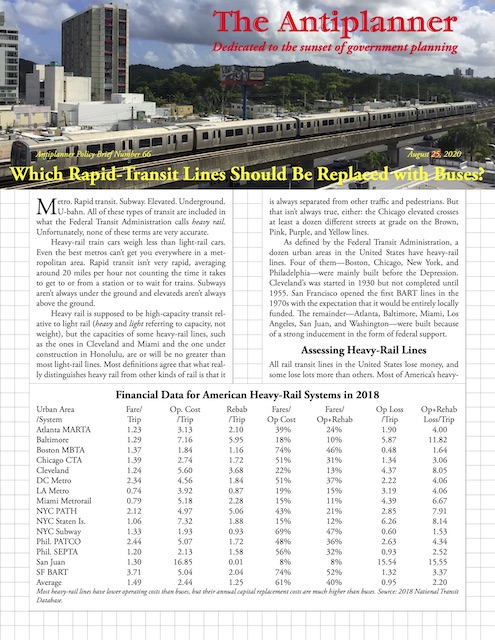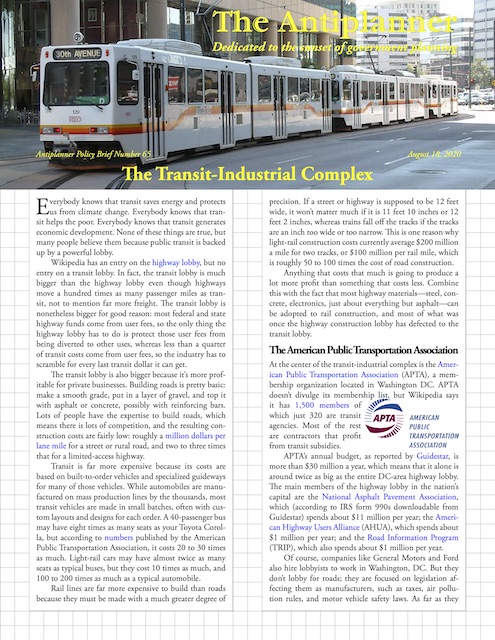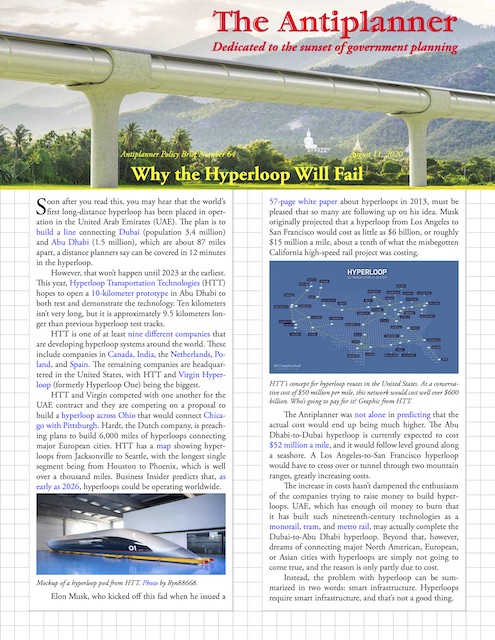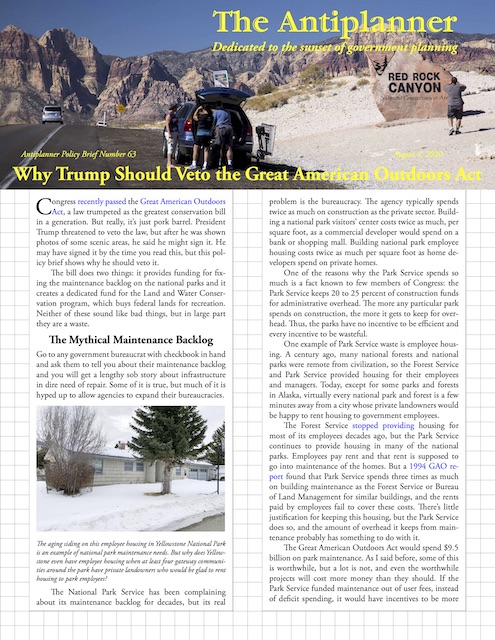The transit industry has developed two systems: one for “choice” riders and one for “dependent” riders, “that is to say white and Black,” says urban planner Christof Spieler. A former member of the Harris County (Houston) Metro board of directors, Spieler points out one place where Metro offers riders a choice between bus-rapid transit and a local bus. The BRT is three times faster than the local bus, has plusher seats, and costs $3.25 a ride compared with $1.25 for the local bus.
Spieler makes many good points and I am glad that an urban planner is finally taking this issue seriously. Unfortunately, his inevitable solution — that we should spend more money on transit — is wrong.
Spieler never mentions the Los Angeles Bus Riders’ Union case, in which the NAACP represented minorities whose bus service had declined so that Los Angeles Metro could pay for new rail transit lines to middle-class neighborhoods, but maybe he was unfamiliar with that case. As documented here, LA Metro was ordered by the court to restore bus service for ten years, which it did. Bus ridership recovered, but as soon as the ten years was up, it cut bus service and went back to building rail transit. Continue reading











